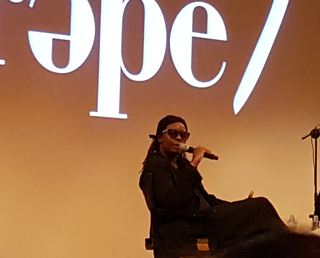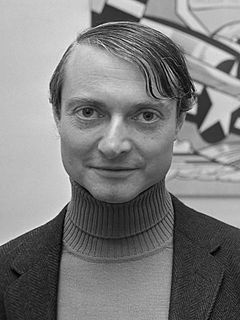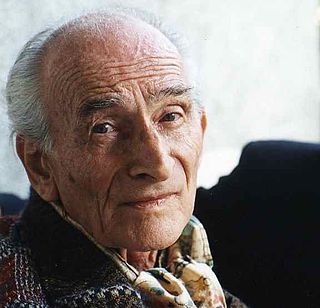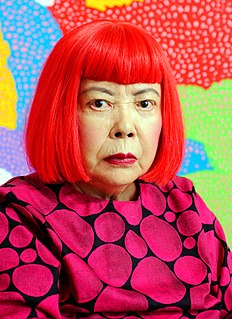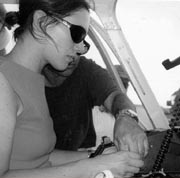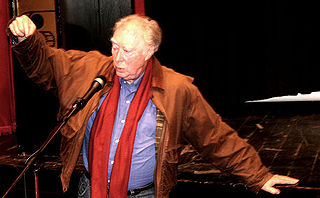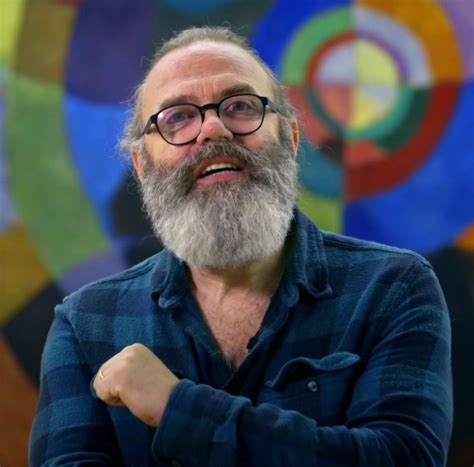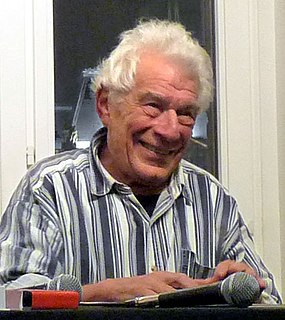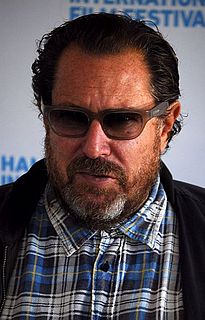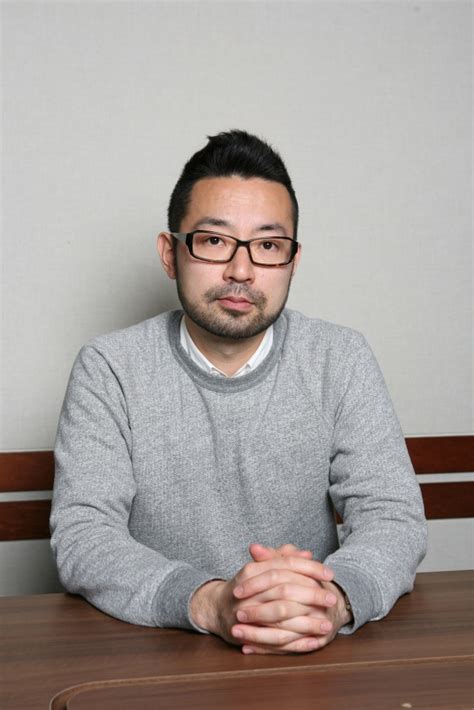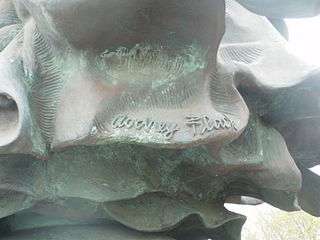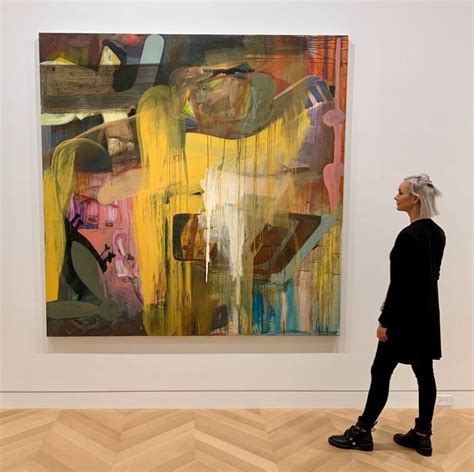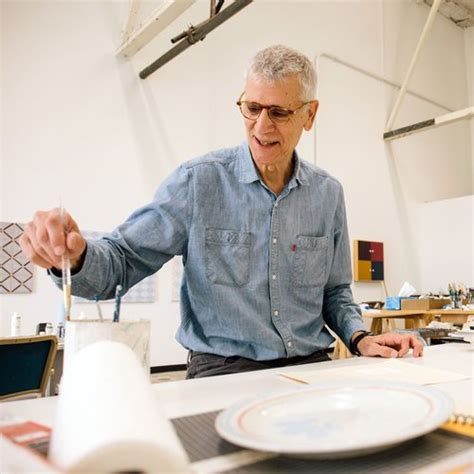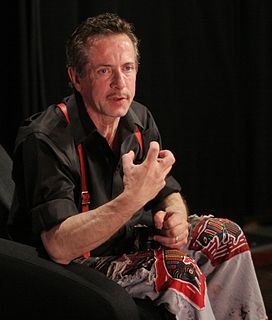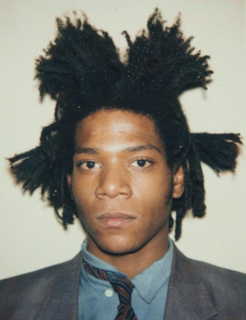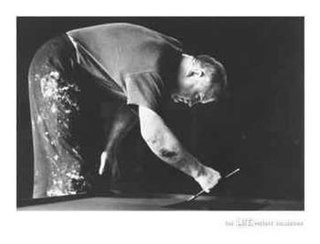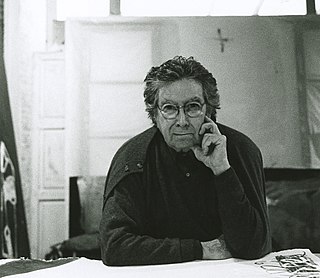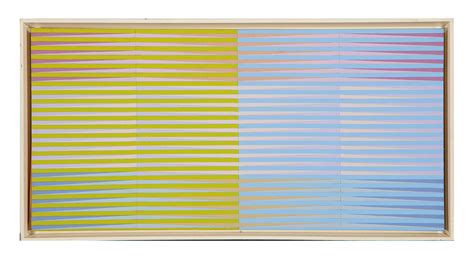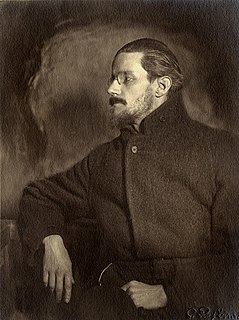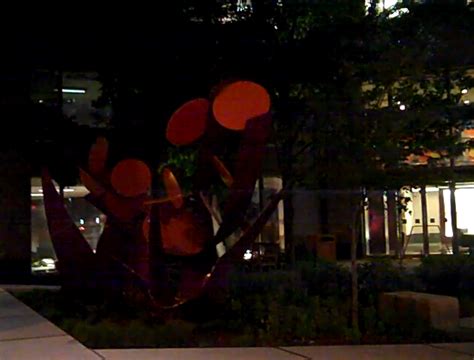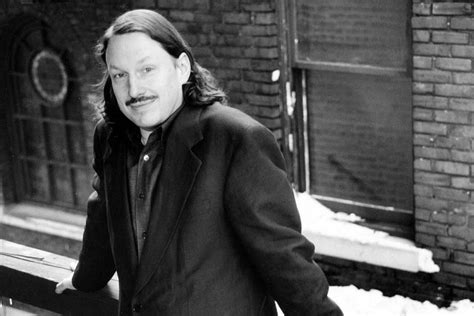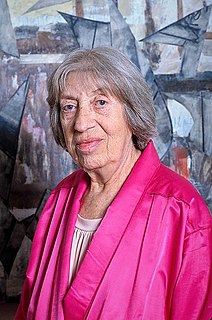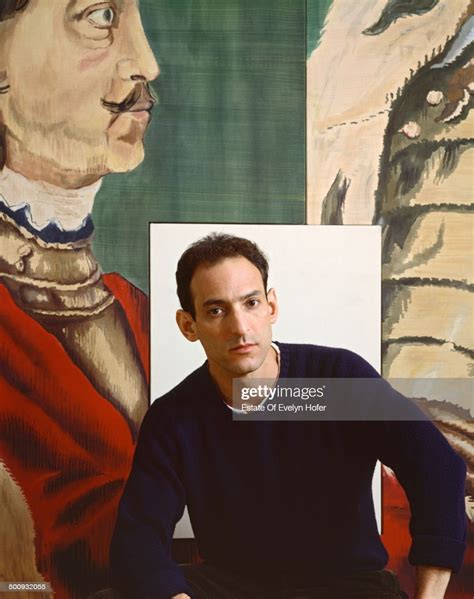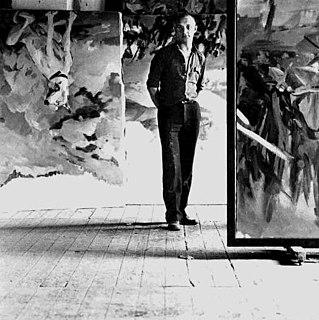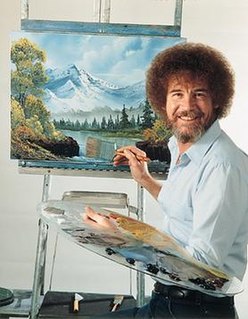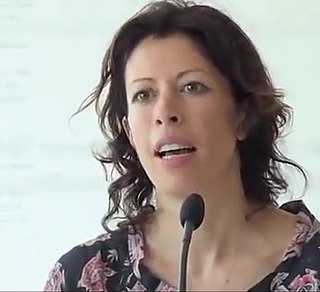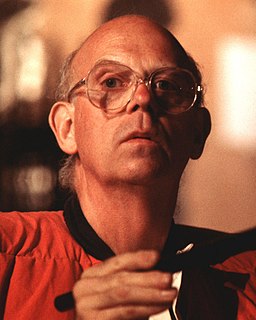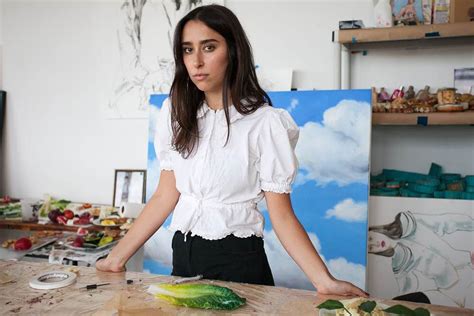Top 1200 Paintings Quotes & Sayings
Explore popular Paintings quotes.
Last updated on April 14, 2025.
The paintings are not just on flat walls - you have these enormous niches, bulges and protrusions, as well as stalactites and stalagmites. The effect of the three-dimensionality is phenomenal. It's a real drama which the artists of the time understood, and they used it for the drama of their paintings.
I think that people tend to look at the paintings as being resolved or finite. But, to me, a painting can be an index for all of the paintings I've done and all of the paintings I'm going to do. It's like if I'm doing a film of the Olympics, I'm not examining a specific sport; I'm interested in the overall context.
I had a visit from an artist friend who basically said, "Your paintings are wonderful. Now stop." It did resonate with me. It hit on the percolating need for change that was already there. I got a little push. I did a group of the paintings early on that were among the best. It was sort of beginner's luck with these.
All photographs are there to remind us of what we forget. In this - as in other ways - they are the opposite of paintings. Paintings record what the painter remembers. Because each one of us forgets different things, a photo more than a painting may change its meaning according to who is looking at it.
I guess there was a little bit of a slight rebellion, maybe a little bit of a renegade desire that made me realize at some point in my adolescence that I really liked pictures that told stories of things - genre paintings, historical paintings - the sort of derivatives we get in contemporary society.
In my paintings, the question on whether figures are similar or not is not of any importance, the slightest change of figure or color can create a new painting and it doesn't really matter if a subject is revisited by an artist repeatedly. With enough time in between paintings, an artist can always bring to it something new.
I was a student, and as such you generally rely on prior models of how to make art, but these were not satisfying. Then I discovered in photos what had been missing in paintings; namely that they make a terrific variety of statements and have great substance. That is what I wanted to convey to paintings and apply to it.
The earliest paintings I loved were always the most non-referential paintings you can imagine, by painters such as Mondrian. I was thrilled by them because they didn't refer to anything else. They stood alone, and they were just charged magic objects that did not get their strength from being connected to anything else.
There is an instinct for realism, a powerful drive to reproduce oneself. The fascination of photorealistic paintings lies partly in their apparent replication of life, but these are not merely replications. These paintings are often out of life scale, varying from over life-size to under life-size, from brilliant, heightened color to pale, undertone hues.
The grey paintings, for example, a painted grey surface, completely monochromatic - they come from a motivation, or result from a state, that was very negative. It has a lot to do with hopelessness, depression and such things. But it has to be turned on its head in the end, and has to come to a form where these paintings possess beauty. And in this case, it's not a carefree beauty, but rather a serious one.
The supreme question about a work of art is out of how deep a life does it spring. Paintings of Moreau are paintings of ideas. The deepest poetry of Shelley, the words of Hamlet bring our mind into contact with the eternal wisdom; Plato's world of ideas. All the rest is the speculation of schoolboys for schoolboys.
I am a famous artist. I make millions. But I frequently see debut shows of unknown artists with prices that are double of mine... what they're really doing is barely getting by and helping me sell 1,000 paintings a year effortlessly, because they make my paintings look like such a bargain. Thank you to all the egotistical art students!
People are still making paintings. People are still enjoying paintings, looking at paintings. Paintings still have something to tell us. There's a way of being in the world that painting brings to us, that painters bring to the task that we absorb and are able to be in dialogue with. That's something that's part of us.
Often, I find it really hard to see what I'm doing when I'm in the thick of things. I can get too precious and have to force myself to put my paintings aside. There's a wall in my studio where I hang paintings that I think are done or nearly done. Over time, I'll realise which ones are working and which aren't.
